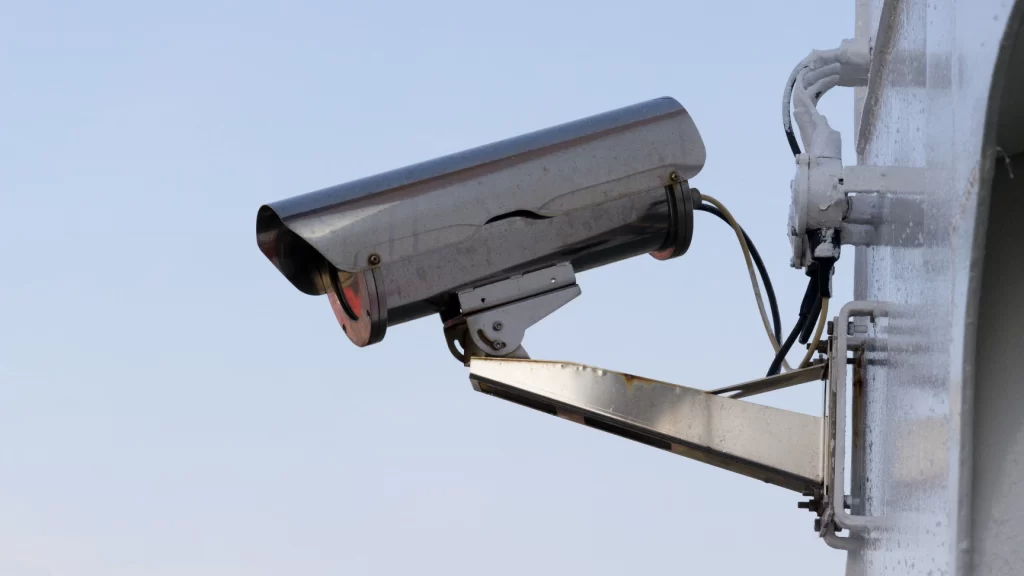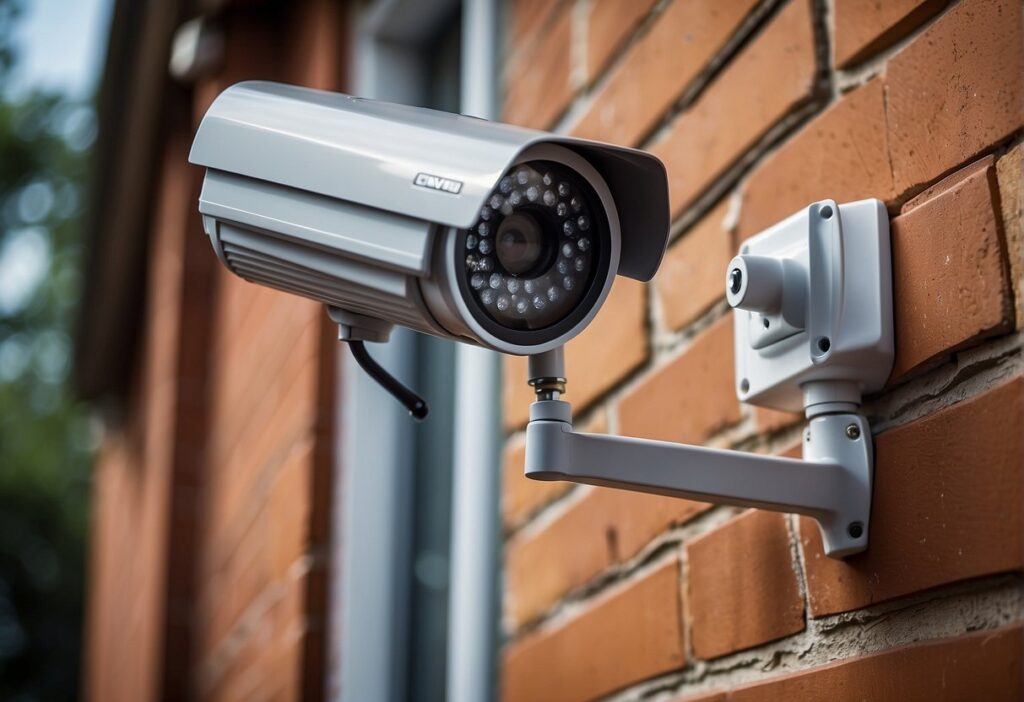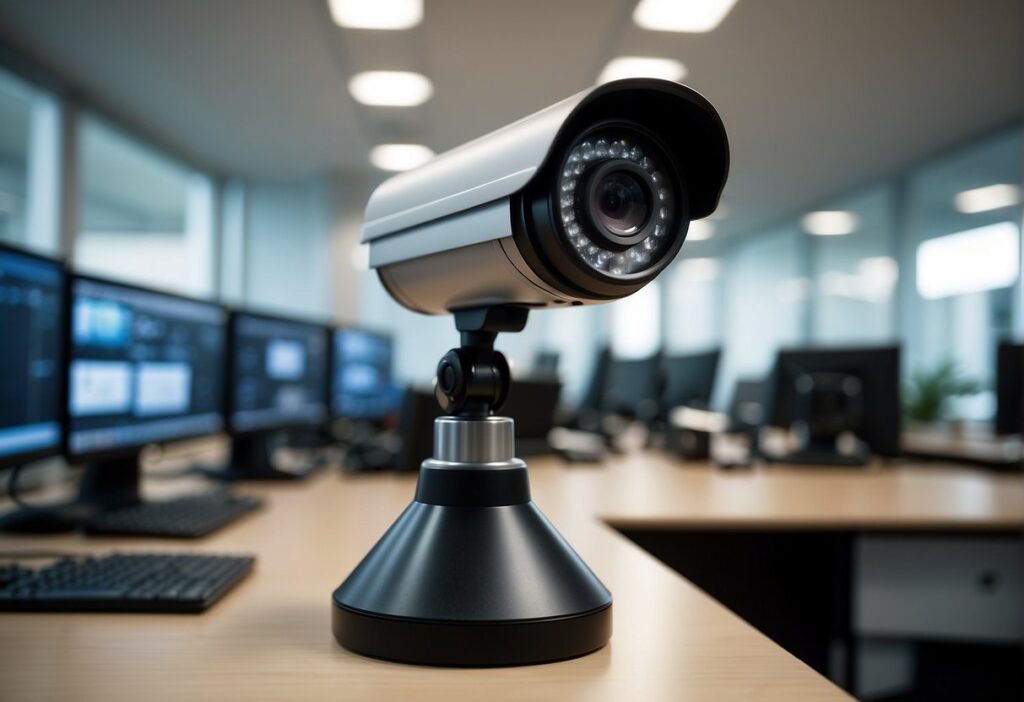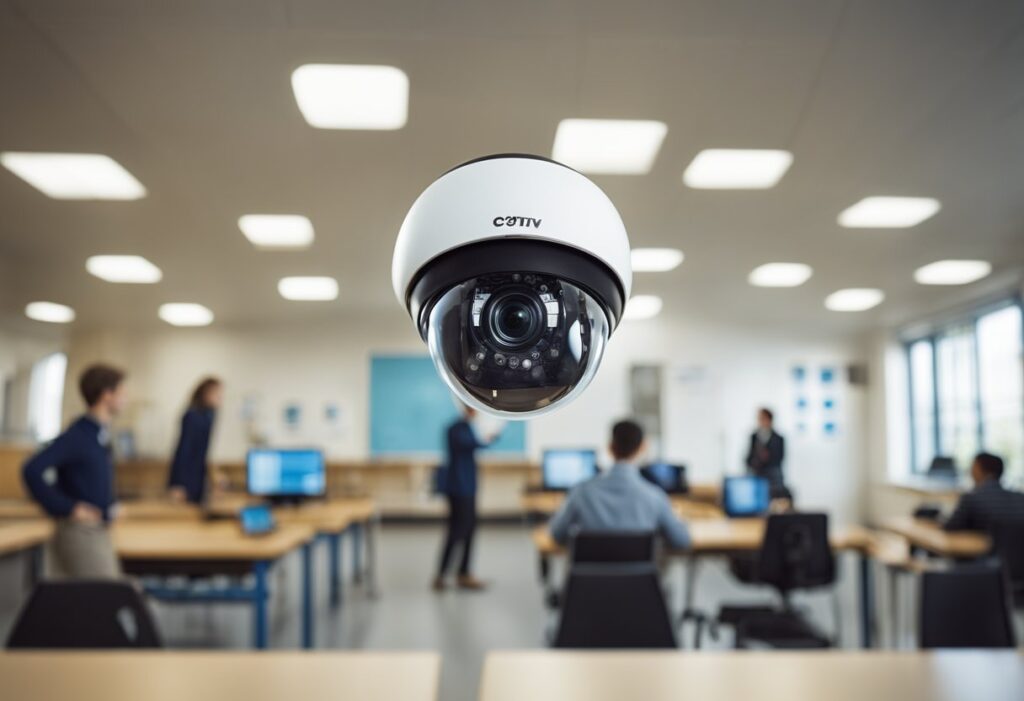Advantages and Disadvantages of Security Cameras
Security cameras, now a standard feature in residential and commercial security systems, play a versatile role in monitoring and deterring crime, yet their use raises concerns about privacy and potential misuse.
Balancing the benefits of real-time surveillance against the costs and privacy implications is crucial in developing an effective security strategy.
Key Takeaways
- Security cameras offer both real-time monitoring and crime deterrence.
- Concerns regarding privacy and costs are central to the debate on their use.
- Their deployment requires careful consideration of their benefits and potential drawbacks.
Advantages and Disadvantages of Security Cameras: Understanding Security Cameras
Security cameras come in various types and feature sets, designed to meet specific needs within home or business environments. This section will guide you through the types of security cameras, their key features, and how they integrate with contemporary technology.
Types of Security Cameras
There are several types of security cameras suited for different purposes. CCTV cameras, or closed-circuit television cameras, are often used for surveillance in public and private spaces.
Indoor cameras are designed to monitor the interior of a building, while outdoor cameras are built to withstand weather elements. Consumers can choose between wired security cameras, which are connected through cables, wireless security cameras that communicate over Wi-Fi, and battery-powered units that offer easy installation without the need for cables.
Another option includes cameras with Power over Ethernet (PoE), which allow both power and data to be carried over a single network cable.
Key Features of Security Cameras
When evaluating security cameras, key features to consider include resolution, where a higher number of pixels can yield clearer images.
- Night vision capability: Essential for clear recordings in low-light conditions.
- Motion detection: Conserves storage space by recording only when activity is detected.
- Field of view: Determines the area coverage of a camera, ranging from narrow angles to wide panoramic views.
- Two-way audio: Enables interaction through the camera, facilitating communication with individuals near the camera or deterring intruders.
- Storage options: Include local storage like microSD cards, and cloud storage services, which may require a subscription but allow remote access to footage.
Technological Integration
Security cameras can now be integrated into smart home devices, permitting users to view live feeds on their smartphones or tablets and receive alerts for detected movements or noises. This integration can include features like facial recognition that can identify known individuals and differentiate them from strangers.
In terms of home automation, security camera systems can work in tandem with other gadgets, such as lights or locks, initiating automated sequences when certain conditions are met. They often come as part of a larger security camera system comprising multiple cameras and sensors for comprehensive surveillance.
Benefits of Security Cameras
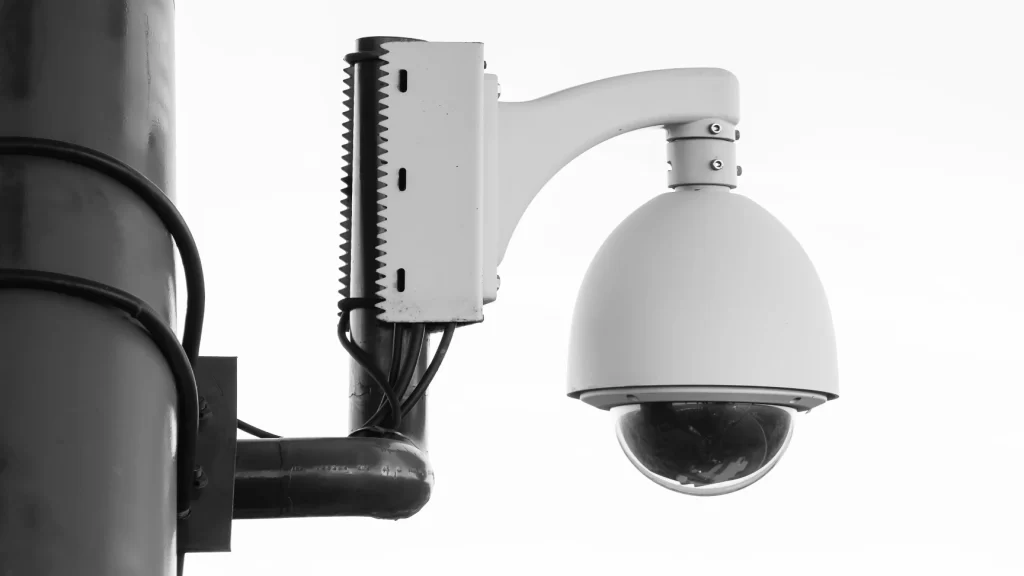
Security cameras are pivotal in enhancing home security and safeguarding communities. They serve as a proactive measure to deter crime and offer tangible evidence for various purposes.
Crime Deterrence
Installing security cameras acts as a visual deterrent to potential burglars, signaling that a property is being watched. This presence of surveillance often dissuades would-be criminals from targeting a home or business, thereby reducing the likelihood of property crime.
Evidence Gathering
When a crime occurs, surveillance cameras can provide authorities with critical evidence. This footage can be instrumental in the investigation, helping to identify perpetrators and build robust cases for prosecution.
Peace of Mind for Residents
Security cameras offer homeowners a sense of peace of mind, knowing that their property, pets, and vulnerable groups such as kids and the elderly are monitored. Parents can check in remotely, ensuring that their children are safe when they’re not home.
Monitoring and Protection for Vulnerable Groups
Cameras facilitate monitoring areas where vulnerable groups frequent, offering an additional layer of protection. They grant caregivers the ability to oversee the elderly or pets and respond quickly in case of an emergency, providing a proactive safety net for those who may require more attention.
Challenges and Disadvantages of Security Cameras
While security cameras play a vital role in enhancing safety, they also come with a set of challenges. These span from violating privacy to potential cyber threats and financial burdens.
Privacy Concerns
Installing security cameras can lead to privacy infringement. Individuals often feel uncomfortable or think their personal freedoms are being encroached upon when they are constantly monitored by cameras, especially in private spaces or areas where they expect a degree of confidentiality.
Potential for Hacking and Security Breaches
Security cameras can be vulnerable to hacking. Advanced persistent threats can exploit weaknesses in camera systems, such as outdated firmware or weak encryption like Wi-Fi Protected Access 2 (WPA2). A hack can compromise not just the camera but the entire security system, leading to unauthorized access to sensitive footage.
Financial Implications
The cost to install and maintain a security system can be expensive. It involves initial hardware costs, installation fees, and ongoing maintenance. In some cases, the investment becomes costly if it requires regular updates or replacements to keep the system secure from threats.
Practical Considerations
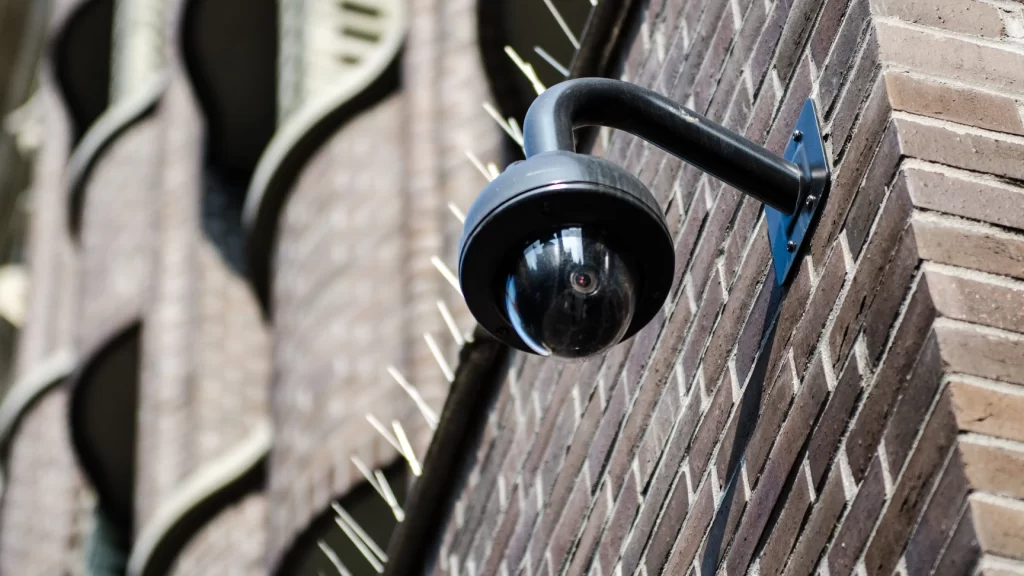
When incorporating a security system into a home or business, considering practical aspects such as installation, legality, and suitability to specific needs is critical for effective use and compliance with regulations.
Installation and Maintenance
Installation of security systems can vary significantly in complexity. Wired cameras require running cables and may involve complex setup that calls for professional installation, offering stability but less mobility.
On the other hand, wireless cameras and smart home systems often boast a more portable setup with easier installation. Maintenance needs, such as updating system software or replacing batteries in wireless cameras, should also be factored into the long-term planning of any security setup.
It’s essential to consider the location and the Power over Ethernet (PoE) capabilities when opting for a wired system for a seamless power and data flow.
Legal and Ethical Considerations
When installing a security system, it’s important to understand the local laws that govern surveillance and privacy, especially in areas where audio or visual recording may impact the privacy of others. Homeowners must ensure compliance, while renters could require permission from the landlord.
Consultation with a security company may help navigate these legal waters. Ethically, transparent communication about surveillance to individuals within its range promotes trust, especially in business environments.
Choosing the Right Security System for Your Needs
Selecting a security system must be tailored to the user’s requirements, considering factors like the size and type of the property, the expected mobility of the system, and whether it should integrate with other smart home devices.
Home security systems should be evaluated for how well they balance portability and stability, while businesses might prioritize more permanent and expansive systems. Consideration must also be given to system features such as mobile accessibility, which allows users to monitor their property remotely from their mobile devices.
Advanced Security Camera Features
In the world of home security, advanced features in security cameras are breaking new ground. They offer unparalleled convenience and strengthen security protocols.
Smart Home Compatibility
Modern security cameras seamlessly integrate with smart home systems. This compatibility allows for streamlined control when paired with devices like Google Assistant.
Users can set up smart lighting to work in tandem with cameras, enhancing visibility and deterrence.
Remote Accessibility
Access to security footage has never been more flexible, thanks to remote accessibility. Owners can view live feeds or recorded clips from their cameras directly on a mobile device.
Cloud technology facilitates this convenience, ensuring that one can stay informed with real-time alerts, no matter their location.
Enhanced Security Measures
Today’s cameras aren’t just watching; they’re smart enough to identify specific activity zones and use geofencing to bolster security. With robust encryption protocols, the reliability and safety of footage transmission over an internet connection have significantly improved, keeping sensitive data secure.
The Future of Security Cameras
The security camera market is rapidly evolving with significant advancements in technology and changes in regulatory standards. They are poised to become even more integrated into daily life.
Trends in Surveillance Technology
Home security cameras and security camera systems, such as the Arlo Pro 4, are set to become more advanced with enhancements in wireless technology and motion sensors. The future holds:
- Higher Resolution: Expect clarity like never before with cameras delivering ultra-high-definition video.
- Facial Recognition: This technology will become more common, making security systems smarter in identifying known individuals versus strangers.
- Integration: Security cameras will integrate seamlessly with other smart home devices, providing users with a comprehensive home management system.
Evolving Security and Privacy Standards
As security cameras become more widespread, privacy concerns mount, leading to:
- Stricter Regulations: Governments will likely introduce more stringent regulations to protect individuals’ privacy.
- Enhanced Encryption: Security systems, including the Arlo Pro 4, will employ robust encryption methods to safeguard data transmission.
- Consumer Awareness: Users will become more informed about the capabilities and potential risks associated with security cameras, prompting demand for better privacy features.
Conclusion
Advantages and Disadvantages of Security Cameras
When it comes to the use of security cameras, the advantages and disadvantages must be balanced to meet the needs of safety and privacy. On the one hand, security cameras provide a deterrent to potential criminals and can increase overall safety.
They also support law enforcement by supplying evidence and help in the monitoring of public and private spaces.
However, privacy concerns cannot be ignored, as the presence of cameras could lead to a sense of constant surveillance and potential misuse of footage. There is a need for proper regulation and clear guidelines to ensure that while public and private security is enhanced, the right to privacy is also preserved.
